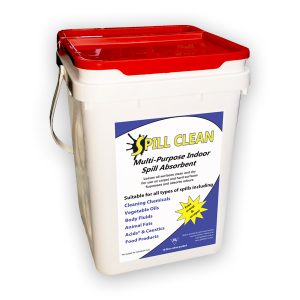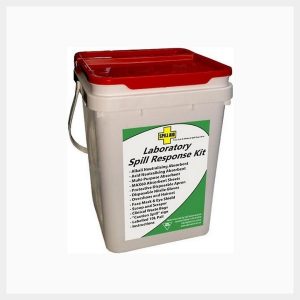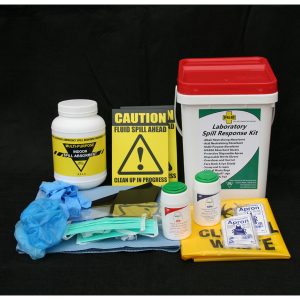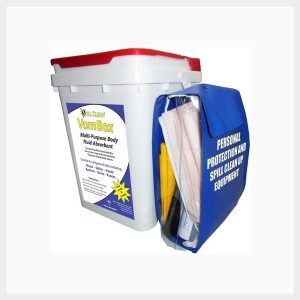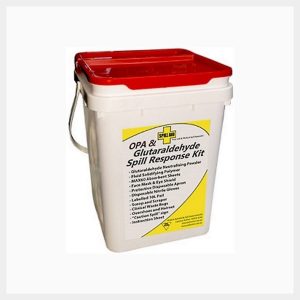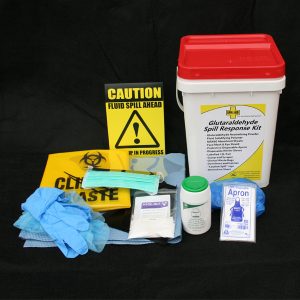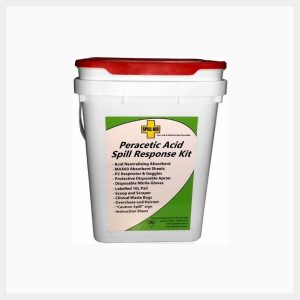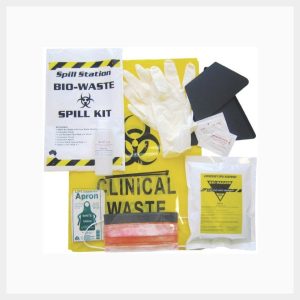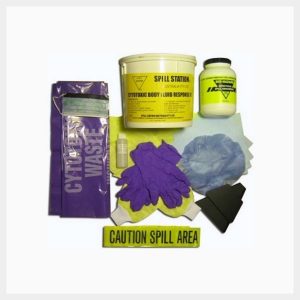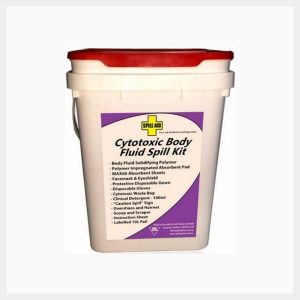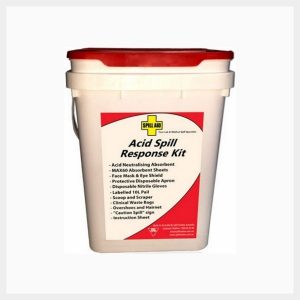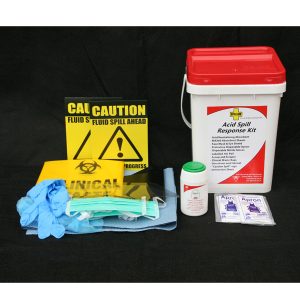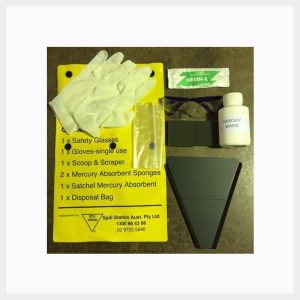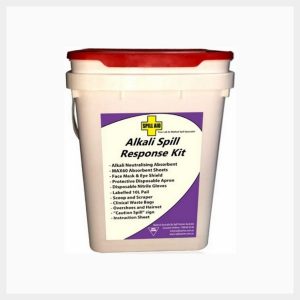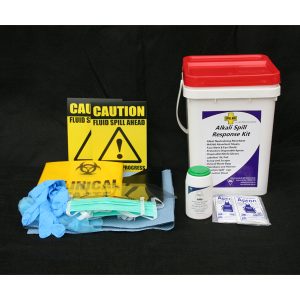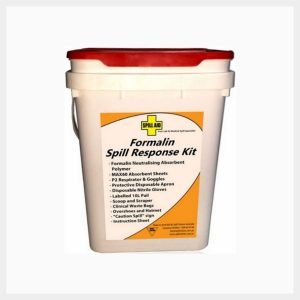Laboratories often have a wider range of substances than most workplaces. That is why these kits contain the most universally compatible absorbent material. It is suitable for all substances except hydrofluoric acid.
Many health services and laboratories should have management systems already in place for dealing with blood and bodily substance spills. Protocols for this event should be outlined in procedural manuals and taught in training programs.
Some of the basics of bloods and bodily fluid spill management are as follows:
- Any generation of aerosols from the spilled material is to be avoided.
- Spills should be cleaned up before the area is cleaned as adding cleaning liquids to spills will increase the affected area.
- Standard spill cleaning precautions apply including the use of personal protective equipment as required.
With these basic principles it will be easier to manage the spills but there are multiple factors to ensure you are flexible enough to cope with varying types of spills.
They are as follows:
- The nature of the spill, for example is it blood, urine, sputum or a laboratory culture?
- The various pathogens likely to be involved with these spills, for example a stool sample may contain bacteria or a virus.
- The size of the spill, is it a spot, a small spill under 10cm or more?
- The type of surface where the spill occurred, for example, is it carpet or lab flooring?
- The location the spill occurred, did it occur in a contained area, or in a public or clinic area, in a public location or within a community area?
- Is there any chance that bare skin has been in contact with the soiled or contaminated surface?
Spill Station’s wide array of Spill Kits are designed to work for their intended environment, so if you’re an Australian laboratory or health centre and want to remain safe, Spill Station is your one stop shop for your spill needs.

